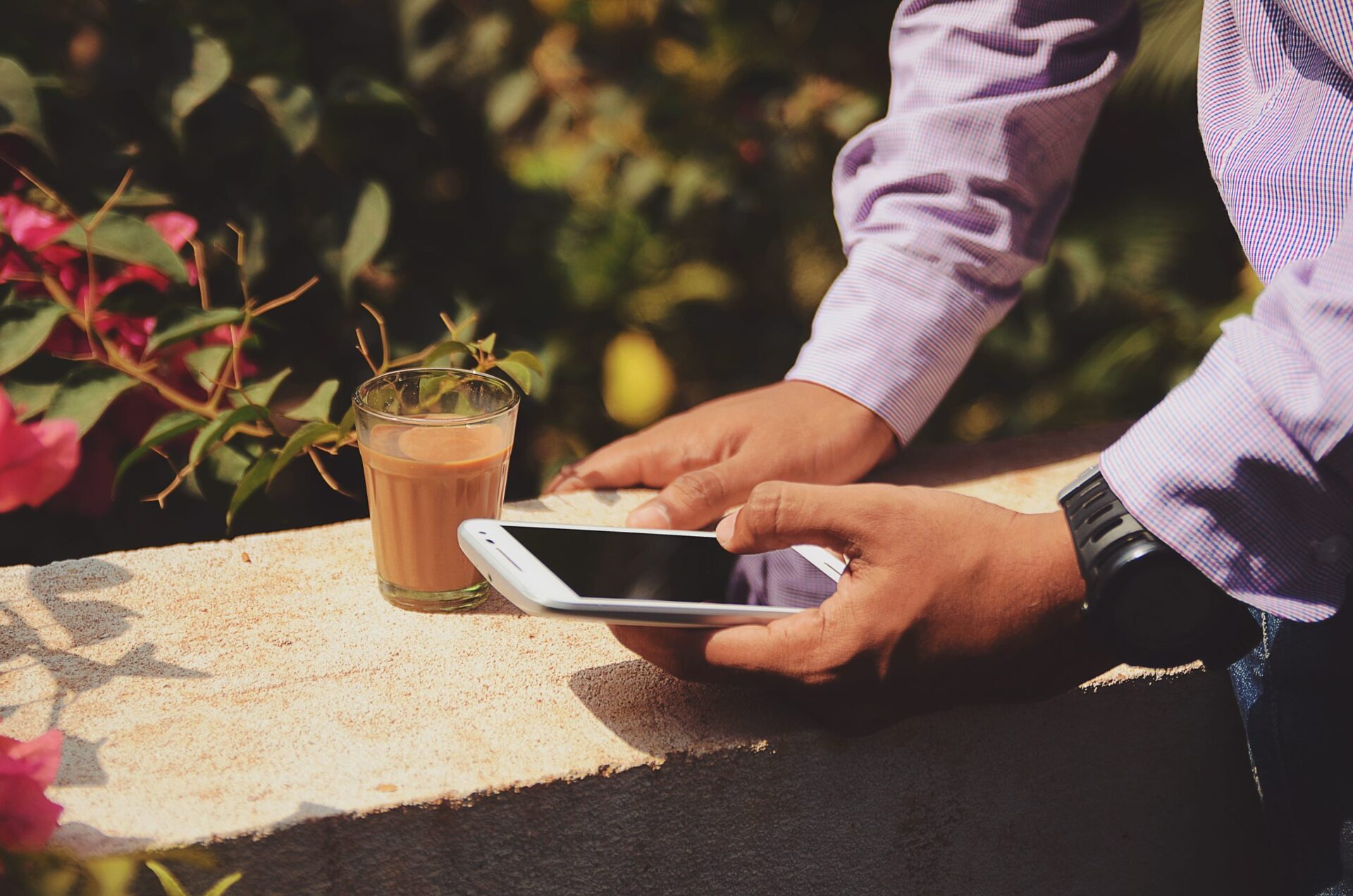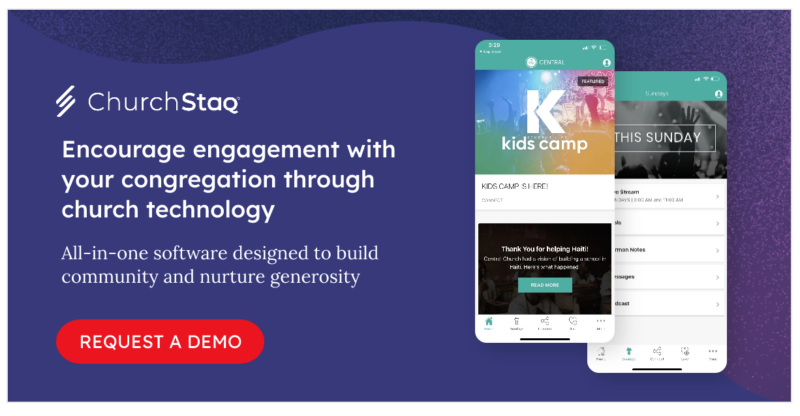How to Get Started with Push Notifications for Your Church
Push notifications are a great way to connect with your app users. They will be able to receive messages on their device’s lock screen about upcoming events, community announcements, or reminding them that the live stream is about to start.
Pushpay’s Mobile App Studio (MAS) offers different tools to help you engage your community and target the right audience. This article will provide an overview of these features and examples of use cases to manage your app communications.
Once you have clicked on Compose in the Push Notifications section of the MAS , you have to go through the following three steps to create your message: What, Who, and When.
What: Create your content
The first step is for you to create your content. The title is the main message that will appear on your users’ phone: it has to be short, clear and engaging to capture their interest. You can add more information to the body, that will be visible in the app inbox.
If you are on our Advanced or Complete packages, you have access to rich push notifications, with the option to add a subtitle and an image to your messages. Mobile users receive a lot of different push notifications every day and by adding an image, you’re making sure that yours are standing out from the crowd.
You can also add actions to your message to help users share, get directions, save to calendar, visit a website, make a call or send an email.
Your messages should not be limited to announcements: you can also engage with your app users in your app using the interactive push notifications. They are really powerful tools to involve your community through the week and gather information to create the content they are looking for.
Using interactive push notifications during services can help to increase app adoption: you can send a question and invite people to download the app to share their opinion. It can also give you an estimation of attendance based on the number of answers.
You can, for example, send a multiple choice to vote on songs for worship, use the open response to collect questions for a Q&A with your special guest or create an attitude poll to ask for feedback.
Who: Target your audience
Now that your content has been created, you need to think about your audience. Who do you want to reach? If you’re not sending push notifications relevant to your users, they will just turn them off.
In your mobile app studio, you can use different filters to target your audience:
- Per campus: select one or multiple campuses you want to send your message to.
- By geolocation: define a region and send your message to people located in this area.
- By categories: users can subscribe to the categories they are interested in to receive content relevant to them.
You can create a region for your church location and send a push notification on Sundays to the people in the building to let them know that kids check-in is open. You can also send a push notification targeting a region outside of your building to remind your app users that the live stream is available.
When: Define the right timing
Your message is now ready to be sent. But is it the right time? You can decide to send it now or you have the option to schedule it for later. It’s important to schedule your push notifications for the best time of the date to increase the open rate. Our data shows that for weekdays, the push notifications sent between 9 a.m. and 12 a.m. get the highest open rate.
If you are not ready to send your message, you can save it as a draft and edit it later.
Scheduling your push notifications can save you a lot of time in the context of a communication campaign. If you want to advertise an upcoming event, you can prepare your messages in advance: a first one to announce the event, another one to say that the registrations are open, a reminder one day in advance and the last one just before the event to let people know that you’re about to start.
When your users will receive your message, they can tap on the push notification. It will open the app in their app inbox, where they can read the entire message, use the actions or vote for your poll. If a message is missed, or a user does not enable push notifications, the message can be reviewed anytime in their inbox in the app.
Remember, you don’t want people to ignore your messages. The key to keeping people engaged is to make sure you don’t overuse this tool and to pay attention to the messages you send.
Featured Content
You May Also Like


